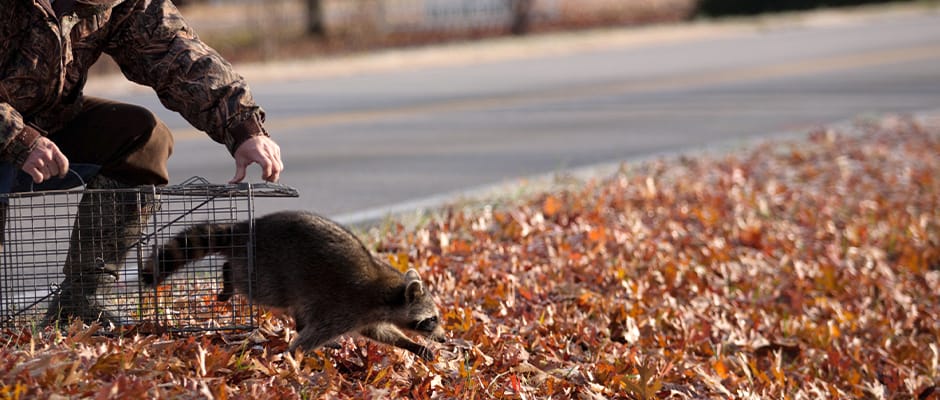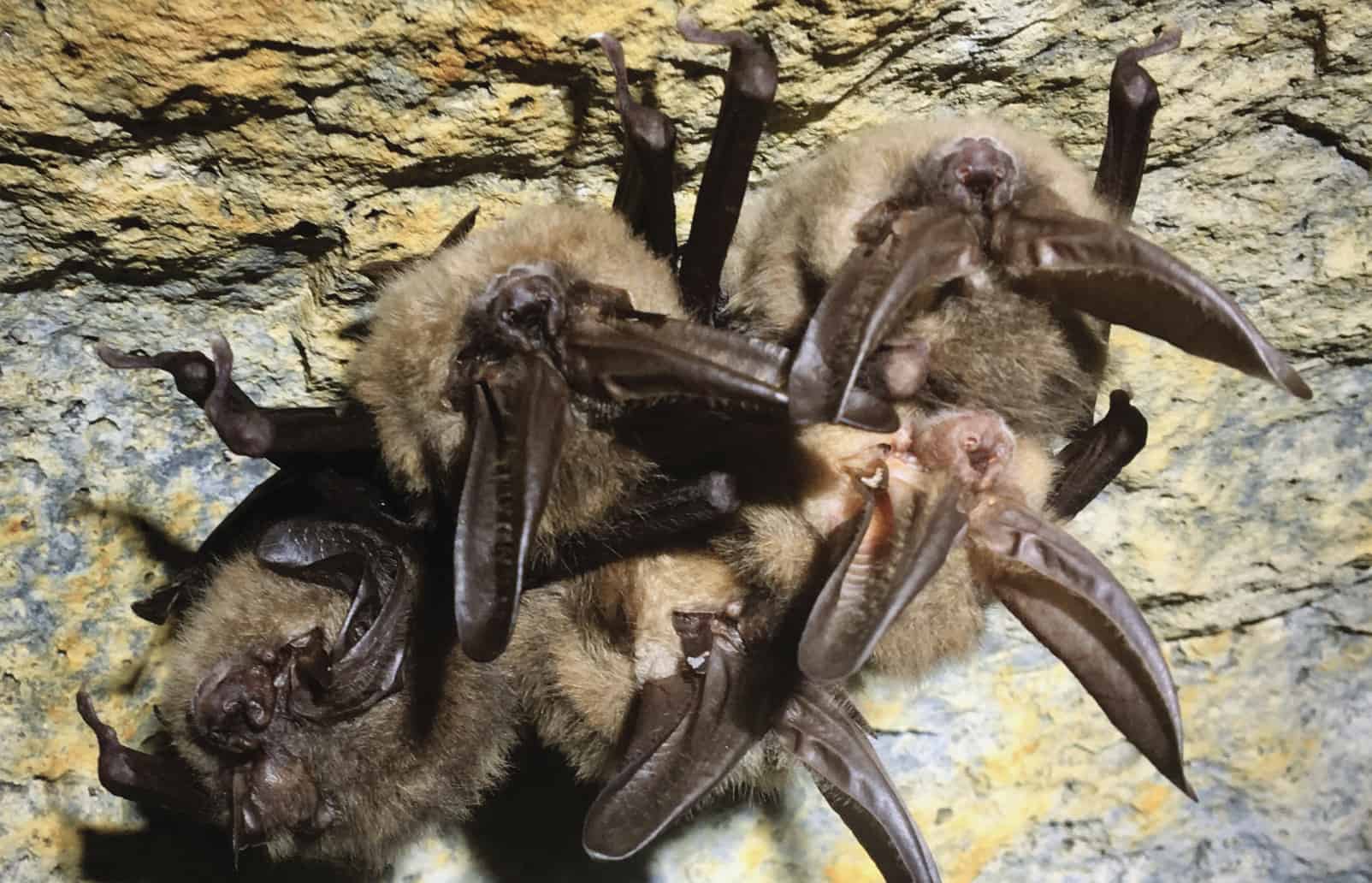Share this article
Events Highlight Impact of Rabies on People, Pets, Wildlife
What do raccoons, vampire bats, and mongooses have in common? All are wildlife species that are commonly associated with rabies and can potentially expose people, pets and livestock to the deadly virus. Over 60,000 people worldwide die from rabies each year.
“The significant impact of rabies on public and animal health will be the focus of the 26th Rabies in the Americas conference on October 4-8,” notes Richard Chipman, CWB®, TWS member and coordinator for APHIS-Wildlife Services’ (WS) National Rabies Management Program. “This is the first time this important international conference will be held in Colorado and be hosted by the Animal and Plant Health Inspection Service (APHIS).”
The annual meeting typically includes 300 attendees from more than 20 countries across five continents. It provides an opportunity for researchers, health professionals, rabies program managers, wildlife biologists, laboratory personnel, and other people interested in advancing knowledge about rabies surveillance, prevention and control, to meet, share their successes, and discuss challenges.
“As a scientist, I look forward to discussing new ideas, strategies and tools for controlling rabies with my international colleagues,” states Dr. Kurt VerCauteren, CWB® and TWS member, a research wildlife biologist at WS’ National Wildlife Research Center (NWRC) and member of the conference planning committee. “Our agenda includes talks from renowned rabies experts on diagnostic technologies, economics, human rabies prophylaxis, vaccine developments, outbreak response plans, and epidemiology, as well as domestic and wild animal research.”
World Rabies Day, which takes place annually on September 28, is intended to raise awareness about the impact of human and animal rabies, how easy it is to prevent it, and how to eliminate the main global sources. This year’s theme was #EndRabiesTogether and Wildlife Services in Maine joined the state’s Center for Disease Control and Prevention in a public meeting discussing rabies exposures, responding to suspect rabid animals, managing exposures in people and pets, and preventing the cross-border spread of rabies.
Rabies in domestic animals and wildlife is a concern in many areas around the world. In the United States, wildlife accounts for approximately 92 percent of all reported rabies cases. Each year, APHIS and its partners distribute approximately eight million oral rabies vaccine baits to prevent the spread of rabies in wildlife. In other areas, such as in Mexico and South America, rabies is still prevalent in dogs.
Wildlife Services is a Strategic Partner of TWS.
Header Image: Image Credit: USDA Wildlife Services








